
John James Audubon Painting Reproductions 2 of 3
1785-1851
Haitian Romanticism Painter
51 Audubon Paintings
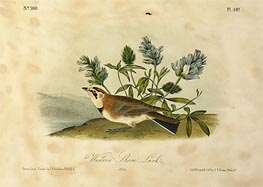
Western Shore Lark a.1843
Paper Art Print
$58.54
$58.54
SKU: AJJ-12090
John James Audubon
Original Size: 16.3 x 26.3 cm
Whitney Gallery of Western Art, Wyoming, USA
John James Audubon
Original Size: 16.3 x 26.3 cm
Whitney Gallery of Western Art, Wyoming, USA
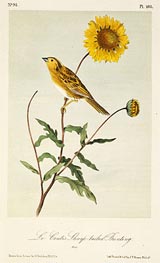
Le Conte's Sharp-Tailed Bunting a.1843
Paper Art Print
$58.54
$58.54
SKU: AJJ-12091
John James Audubon
Original Size: 26 x 17.1 cm
Whitney Gallery of Western Art, Wyoming, USA
John James Audubon
Original Size: 26 x 17.1 cm
Whitney Gallery of Western Art, Wyoming, USA
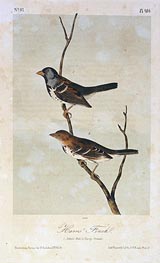
Harris' Finch a.1843
Paper Art Print
$58.54
$58.54
SKU: AJJ-12092
John James Audubon
Original Size: 26 x 17.1 cm
Whitney Gallery of Western Art, Wyoming, USA
John James Audubon
Original Size: 26 x 17.1 cm
Whitney Gallery of Western Art, Wyoming, USA
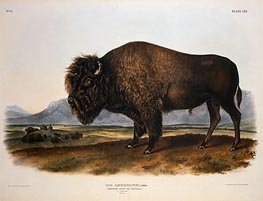
Bos Americanus, American Bison or Buffalo 1845
Paper Art Print
$66.78
$66.78
SKU: AJJ-12093
John James Audubon
Original Size: 48.2 x 53.6 cm
Whitney Gallery of Western Art, Wyoming, USA
John James Audubon
Original Size: 48.2 x 53.6 cm
Whitney Gallery of Western Art, Wyoming, USA
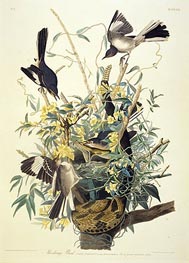
Mocking Bird, Turdus Polyglottus c.1825
Paper Art Print
$105.99
$105.99
SKU: AJJ-12094
John James Audubon
Original Size: 98.4 x 64.4 cm
Whitney Gallery of Western Art, Wyoming, USA
John James Audubon
Original Size: 98.4 x 64.4 cm
Whitney Gallery of Western Art, Wyoming, USA
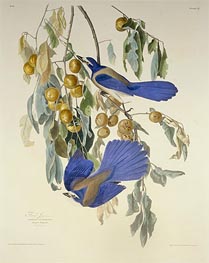
Florida Jay. Garrulus Floridanus. From Birds of America 1830
Paper Art Print
$117.44
$117.44
SKU: AJJ-12095
John James Audubon
Original Size: 85.4 x 64.7 cm
Whitney Gallery of Western Art, Wyoming, USA
John James Audubon
Original Size: 85.4 x 64.7 cm
Whitney Gallery of Western Art, Wyoming, USA
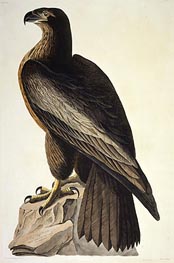
The Bird of Washington or Great American Sea Eagle 1822
Paper Art Print
$97.87
$97.87
SKU: AJJ-12096
John James Audubon
Original Size: 95.8 x 62.8 cm
Whitney Gallery of Western Art, Wyoming, USA
John James Audubon
Original Size: 95.8 x 62.8 cm
Whitney Gallery of Western Art, Wyoming, USA
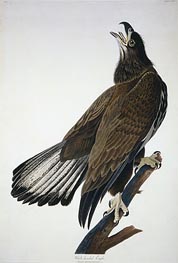
White-Headed Eagle n.d.
Paper Art Print
$100.16
$100.16
SKU: AJJ-12097
John James Audubon
Original Size: 95.2 x 63.5 cm
Whitney Gallery of Western Art, Wyoming, USA
John James Audubon
Original Size: 95.2 x 63.5 cm
Whitney Gallery of Western Art, Wyoming, USA
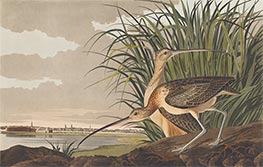
Long-Billed Curlew 1834
Paper Art Print
$58.54
$58.54
SKU: AJJ-17596
John James Audubon
Original Size: 58.4 x 89.8 cm
Minneapolis Institute of Arts, Minnesota, USA
John James Audubon
Original Size: 58.4 x 89.8 cm
Minneapolis Institute of Arts, Minnesota, USA
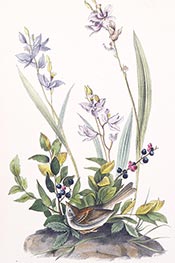
Field Bunting c.1840/44
Paper Art Print
$58.54
$58.54
SKU: AJJ-17597
John James Audubon
Original Size: 24.4 x 12 cm
Minneapolis Institute of Arts, Minnesota, USA
John James Audubon
Original Size: 24.4 x 12 cm
Minneapolis Institute of Arts, Minnesota, USA
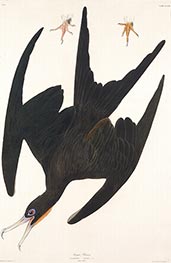
Frigate Pelican 1835
Paper Art Print
$58.54
$58.54
SKU: AJJ-18187
John James Audubon
Original Size: 96.6 x 64.3 cm
Smithsonian American Art Museum, Washington, USA
John James Audubon
Original Size: 96.6 x 64.3 cm
Smithsonian American Art Museum, Washington, USA
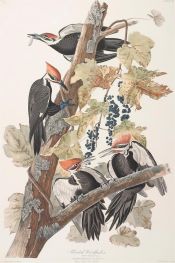
Pileated Woodpecker, Picus pileatus c.1834
Paper Art Print
$59.19
$59.19
SKU: AJJ-19651
John James Audubon
Original Size: 97.4 x 65 cm
Amon Carter Museum, Texas, USA
John James Audubon
Original Size: 97.4 x 65 cm
Amon Carter Museum, Texas, USA
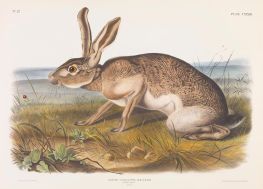
Lepus texianus. Texian Hare, Male 1848
Paper Art Print
$64.04
$64.04
SKU: AJJ-19652
John James Audubon
Original Size: 55.7 x 71 cm
Amon Carter Museum, Texas, USA
John James Audubon
Original Size: 55.7 x 71 cm
Amon Carter Museum, Texas, USA
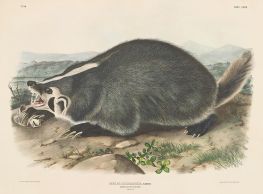
Meles labradoria, Sabine, American Badger 1844
Paper Art Print
$65.65
$65.65
SKU: AJJ-19653
John James Audubon
Original Size: 55.7 x 71 cm
Amon Carter Museum, Texas, USA
John James Audubon
Original Size: 55.7 x 71 cm
Amon Carter Museum, Texas, USA
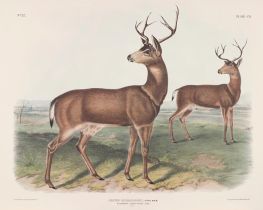
Cervus richardsonii. Columbian Black-Tailed Deer. Males 1847
Paper Art Print
$70.97
$70.97
SKU: AJJ-19654
John James Audubon
Original Size: 55.6 x 70.8 cm
Amon Carter Museum, Texas, USA
John James Audubon
Original Size: 55.6 x 70.8 cm
Amon Carter Museum, Texas, USA
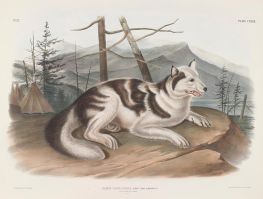
Canis familiaris, Linn. Hare-Indian Dog. Male 1848
Paper Art Print
$67.27
$67.27
SKU: AJJ-19655
John James Audubon
Original Size: 55.5 x 70.8 cm
Amon Carter Museum, Texas, USA
John James Audubon
Original Size: 55.5 x 70.8 cm
Amon Carter Museum, Texas, USA
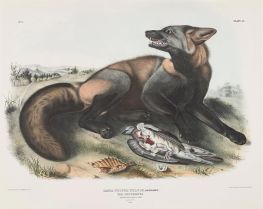
Canis (Vulpes) fulvus. American Cross Fox 1843
Paper Art Print
$70.49
$70.49
SKU: AJJ-19656
John James Audubon
Original Size: 55.8 x 71 cm
Amon Carter Museum, Texas, USA
John James Audubon
Original Size: 55.8 x 71 cm
Amon Carter Museum, Texas, USA
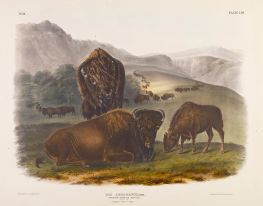
American Bison or Buffalo 1845
Paper Art Print
$69.68
$69.68
SKU: AJJ-19657
John James Audubon
Original Size: 55.7 x 71 cm
Amon Carter Museum, Texas, USA
John James Audubon
Original Size: 55.7 x 71 cm
Amon Carter Museum, Texas, USA
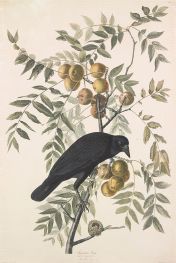
American Crow. Corvus americanus 1833
Paper Art Print
$59.36
$59.36
SKU: AJJ-19658
John James Audubon
Original Size: 97.2 x 65 cm
Amon Carter Museum, Texas, USA
John James Audubon
Original Size: 97.2 x 65 cm
Amon Carter Museum, Texas, USA
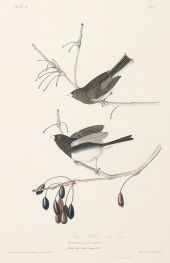
Snow Bird, Fringilla nivalis 1827
Paper Art Print
$58.54
$58.54
SKU: AJJ-19659
John James Audubon
Original Size: 100.3 x 67 cm
Amon Carter Museum, Texas, USA
John James Audubon
Original Size: 100.3 x 67 cm
Amon Carter Museum, Texas, USA
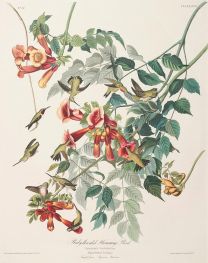
Ruby-Throated Humming Bird, Trochilus colubris c.1827/30
Paper Art Print
$70.33
$70.33
SKU: AJJ-19660
John James Audubon
Original Size: 99.5 x 67 cm
Amon Carter Museum, Texas, USA
John James Audubon
Original Size: 99.5 x 67 cm
Amon Carter Museum, Texas, USA
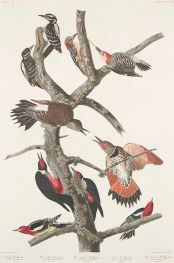
Woodpeckers: Hairy, Red-Bellied, Red-Shafted, ... 1838
Paper Art Print
$58.88
$58.88
SKU: AJJ-19661
John James Audubon
Original Size: 100.3 x 67.4 cm
Amon Carter Museum, Texas, USA
John James Audubon
Original Size: 100.3 x 67.4 cm
Amon Carter Museum, Texas, USA
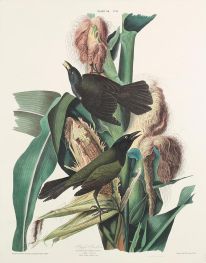
Purple Grackle, Quiscalus versicolor 1827
Paper Art Print
$69.68
$69.68
SKU: AJJ-19662
John James Audubon
Original Size: 101 x 68 cm
Amon Carter Museum, Texas, USA
John James Audubon
Original Size: 101 x 68 cm
Amon Carter Museum, Texas, USA
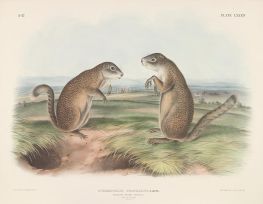
Franklins Marmot Squirrel 1846
Paper Art Print
$68.87
$68.87
SKU: AJJ-19665
John James Audubon
Original Size: 55.7 x 71 cm
Amon Carter Museum, Texas, USA
John James Audubon
Original Size: 55.7 x 71 cm
Amon Carter Museum, Texas, USA